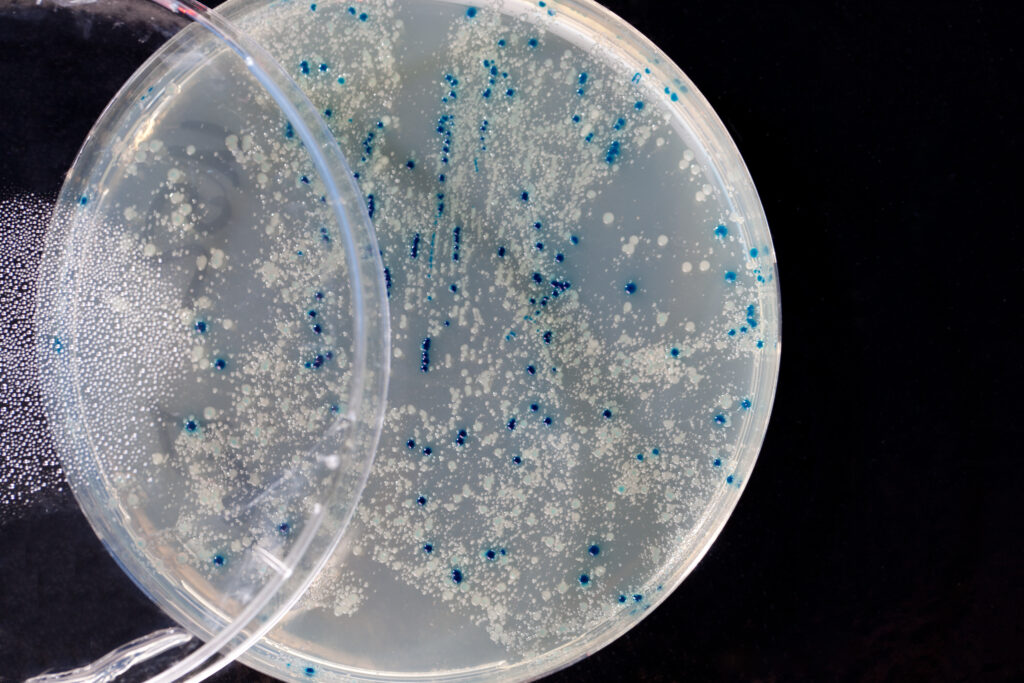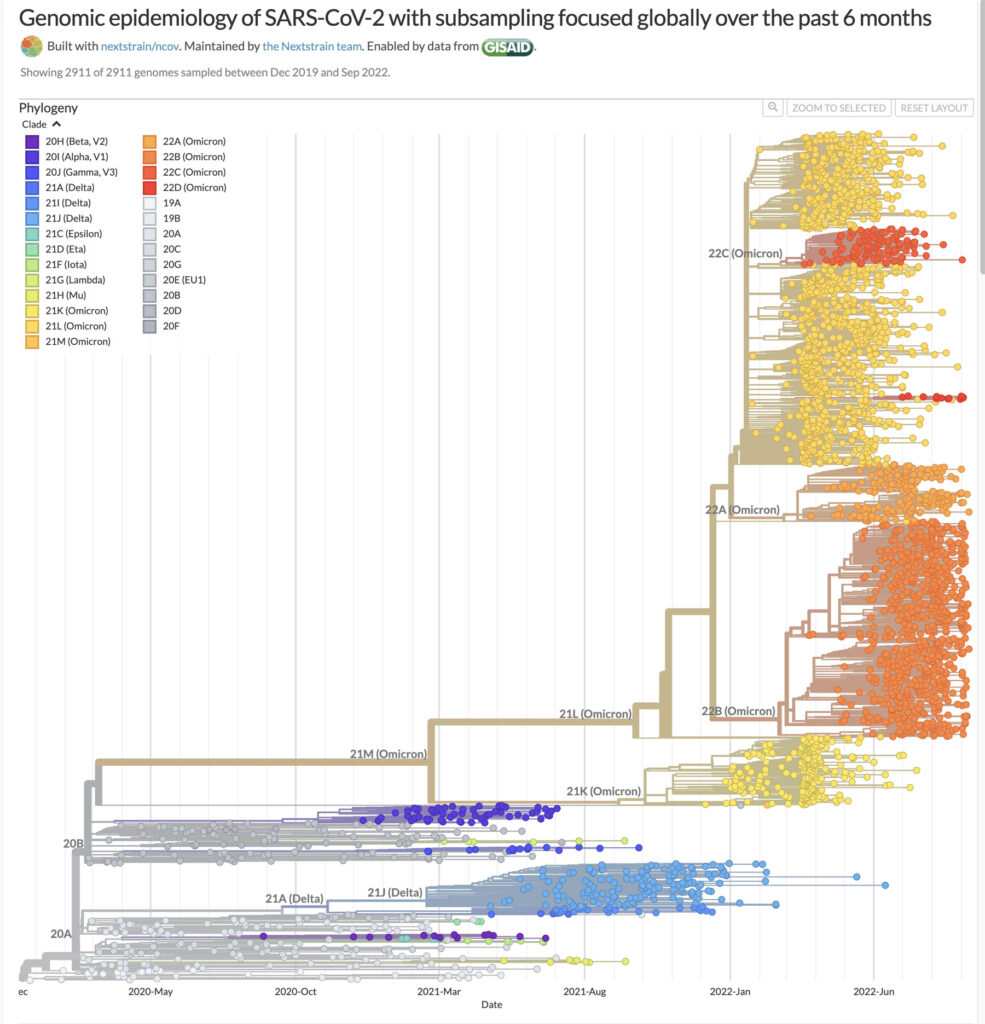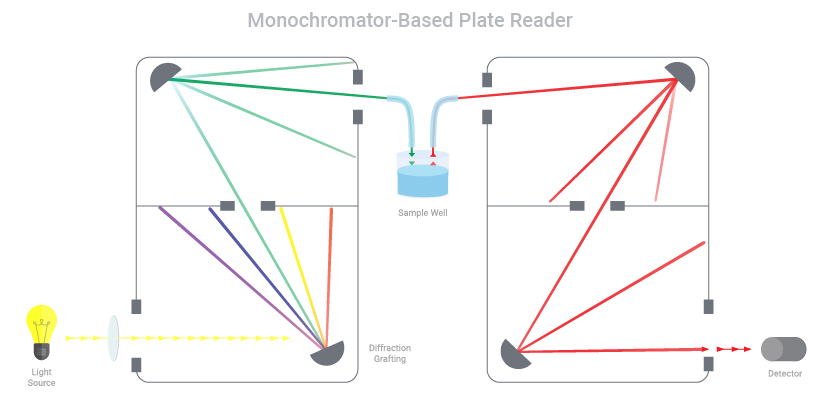In the fifty years since the first reported transformation of recombinant plasmids into bacteria (1), plasmid cloning has become one of the pillars of synthetic biology research and manufacturing biopharmaceuticals.
But purifying plasmids is no small feat. It can often take hours of hands-on time to go from culture to eluate with low-throughput and time-sensitive manual methods. Automating plasmid purification is the way to go, whether you’re isolating a single plasmid from a large volume culture or creating a library of thousands of different constructs.











